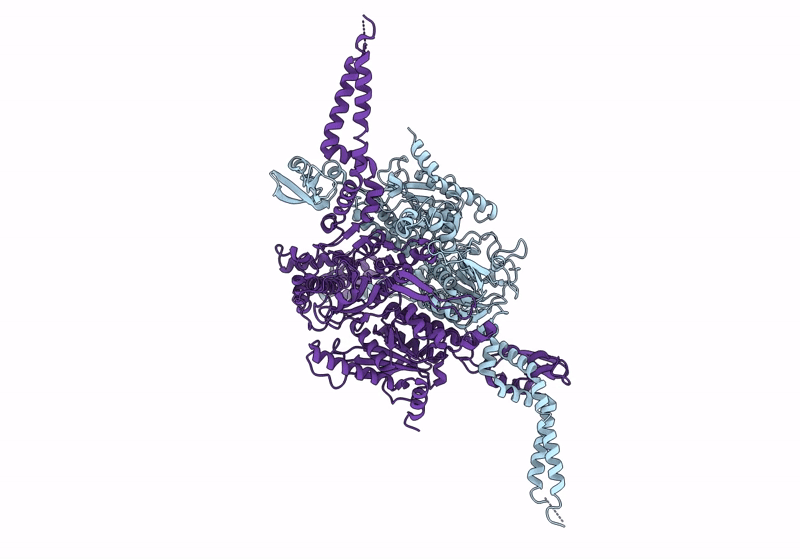
Deposition Date
2024-07-28
Release Date
2024-09-25
Last Version Date
2024-10-30
Entry Detail
PDB ID:
9CV6
Keywords:
Title:
Cryo-EM structure of the Carboxyltransferase Domain of Trichoplusia ni Acetyl-Coenzyme A Carboxylase
Biological Source:
Source Organism:
Trichoplusia ni (Taxon ID: 7111)
Method Details:
Experimental Method:
Resolution:
3.12 Å
Aggregation State:
PARTICLE
Reconstruction Method:
SINGLE PARTICLE


